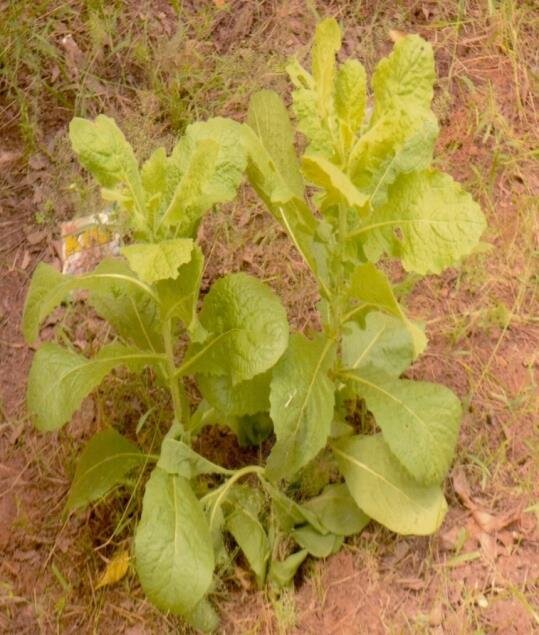Vernonia ambigua

|
|
Scientific
Classification:
Synonyms: Vernoniastrum ambiguum Species ID: NMP-284;Taxonomy ID: 2576596;wfo-0000115606 Common Names: iron weed Local Names:
Taba-Taba
or
Tattaba (Hausa), orungo(Yoruba) Basic Description: Vernonia ambigua
is an erect, coarse annual herb reaching heights between 0.5 to 2 feet. It
features ribbed, pubescent stems and oblanceolate leaves that are sessile and
densely hairy. The plant produces violet to white flowers arranged in terminal
or axillary clusters. Distribution and
Habitat: This species is native to tropical
Africa, with its range extending from Senegal to Sudan and southwards to Angola
and Zambia. In Nigeria, it thrives in seasonally dry tropical biomes, commonly
found in open fields, forest edges, and along roadsides. Medicinal Properties: Vernonia ambigua
holds significance in traditional African medicine. Phytochemical analyses have
identified various bioactive compounds, including sesquiterpene lactones,
flavonoids, saponins, tannins, and triterpenes, which contribute to its
therapeutic potential.
Known Toxicity: While Vernonia ambigua is
utilized for its medicinal benefits, caution is advised due to the presence of
certain compounds that may exhibit toxicity at high concentrations. Proper
dosing and preparation are essential to minimize potential adverse effects. Additional
Information: The genus Vernonia comprises
numerous species renowned for their medicinal applications across Africa. These
plants are rich in bioactive substances, including sesquiterpene lactones and
flavonoids, which contribute to their therapeutic properties. Ongoing research
continues to explore the pharmacological potentials of Vernonia species,
aiming to validate traditional uses and discover novel therapeutic agents. References: 1.
Kew
Science. (n.d.). Vernoniastrum
ambiguum (Kotschy & Peyr.) H.Rob. Plants of the World Online. Retrieved
from https://powo.science.kew.org/taxon/urn:lsid:ipni.org:names:1010926-1 2.
Flora
of Tropical East Africa. (2005). Vernonia
ambigua Kotschy & Peyr. Compositae.
Retrieved from
https://powo.science.kew.org/taxon/urn:lsid:ipni.org:names:1010926-1/general-information 3.
Maroyi,
A. (2020). Evaluation of Pharmacological properties, Phytochemistry and
Medicinal uses of Vernoniastrum
ambiguum. Research
Journal of Pharmacy and Technology, 13(10), 4715-4719. Retrieved
from https://rjptonline.org/AbstractView.aspx?PID=2020-13-10-33 4.
A
review on antimicrobial potential of species of the genus Vernonia. (2013). Journal of Medicinal Plants
Research, 7(12), 706-713. Retrieved from
https://academicjournals.org/journal/JMPR/article-full-text-pdf/3AC6F7C54895 5.
Phytochemistry
and quorum sensing inhibitory studies of four Vernonia species growing in Nigeria.
(2021). University of
KwaZulu-Natal ResearchSpace. Retrieved from https://researchspace.ukzn.ac.za/items/0e85efc6-077a-4541-ab64-f21f343b0092/full 6.
Gwandu,
U. Z., Dangoggo, S. M., Faruk, U. Z., Halilu, E. M., Yusuf, A. J., &
Mailafiya, M. M. (2020). Isolation and Characterization of Oleanolic Acid
Benzoate from the Ethylacetate Leaves Extracts of Vernonia ambigua (Kotschy Ex.
Peyr). Journal of Chemical Society of Nigeria, 45(5). External links
|
|
| Compounds of Vernonia ambigua | |
| References |